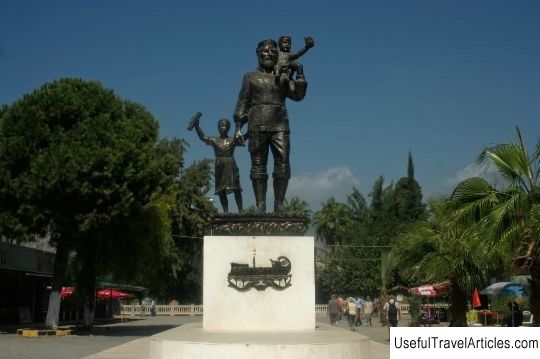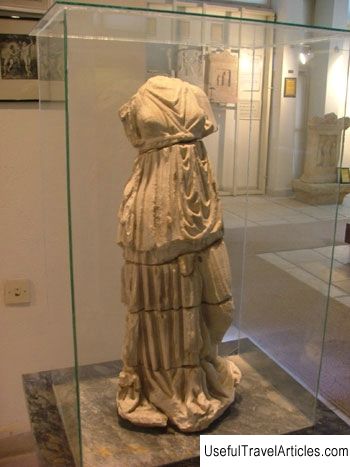Ruins of the city of Mir in Turkey, Demre resort
Rating: 8,9/10 (2000 votes)  Myra is the largest city in ancient Lycia. The name of the city, according to one of the versions, comes from the word `` myrrh '', which means the resin from which incense is made. According to another version, the name of the city, previously called Maura, is of Etruscan origin, and means, according to the translation, `` the place of the Mother Goddess '', later, due to phonetic changes, it was changed to Peace. Today, only rock-cut tombs and the remains of a Greco-Roman theater. The originality and uniqueness of the tombs lies in the fact that among the peoples of Lycia it was customary to bury the deceased in elevated places, because this implied an early entry into heaven. During its long history, the city also managed to visit the capital of Lycia. In the 3rd-2nd centuries BC. the city began to mint its own coins. The decline in the city began in the 7th century, after the frequent raids of the Arabs, as well as in connection with the flooding of Miros with mud. In the era of Christianity, the city also did not lose its significance. In 300, Nicholas the Wonderworker became Bishop of Myra, where he preached until his death. Immediately after his death, a church was built in the city, in which the bishop was buried. After his burial, miraculous healings began to take place in the city among the believers who worshiped his ashes, after which the city became a place of holy faith and pilgrimage. Since then, the city gradually began to lose its influence, and the glory of the Miracle-Worker opposite – very quickly grew to a worldwide scale. Also in the city it is worth visiting the main necropolis of Myra, « River cemetery & raquo;, located on the slope of a mountain ridge, as well as the ruins of a brick building, the purpose of which is still a mystery to everyone.       We also recommend reading Cleopatra Beach in Turkey, Alanya resort Topic: Ruins of the city of Mir in Turkey, Demre resort. |




